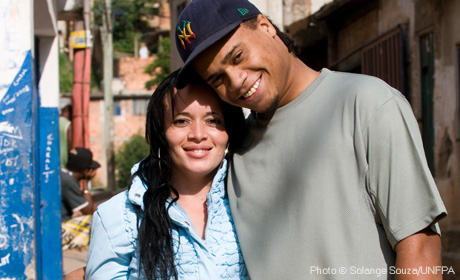Key humanitarian results 2023

People Targeted by UNFPA

People in need

Brazil is the world’s fifth largest country with the eighth largest economy by nominal GDP and is the 85th country in the Human Development Index (2013). Despite being a middle-income country, it continues to face inequalities in income distribution and disparities associated to gender, race and generational and regional disparities. As of 1973, UNFPA support has contributed sexual reproductive health and family planning resources and services throughout the country. Through this effort and governmental support, the poverty rate decreased significantly within the last 15 years.

People Targeted by UNFPA

People in need
The designations employed and the presentation of material on the map do not imply the expression of any opinion whatsoever on the part of UNFPA concerning the legal status of any country, territory, city or area or its authorities, or concerning the delimitation of its frontiers or boundaries. The dotted line represents approximately the Line of Control in Jammu and Kashmir agreed upon by India and Pakistan. The final status of Jammu and Kashmir has not yet been agreed upon by the parties.
We use cookies and other identifiers to help improve your online experience. By using our website you agree to this, see our cookie policy